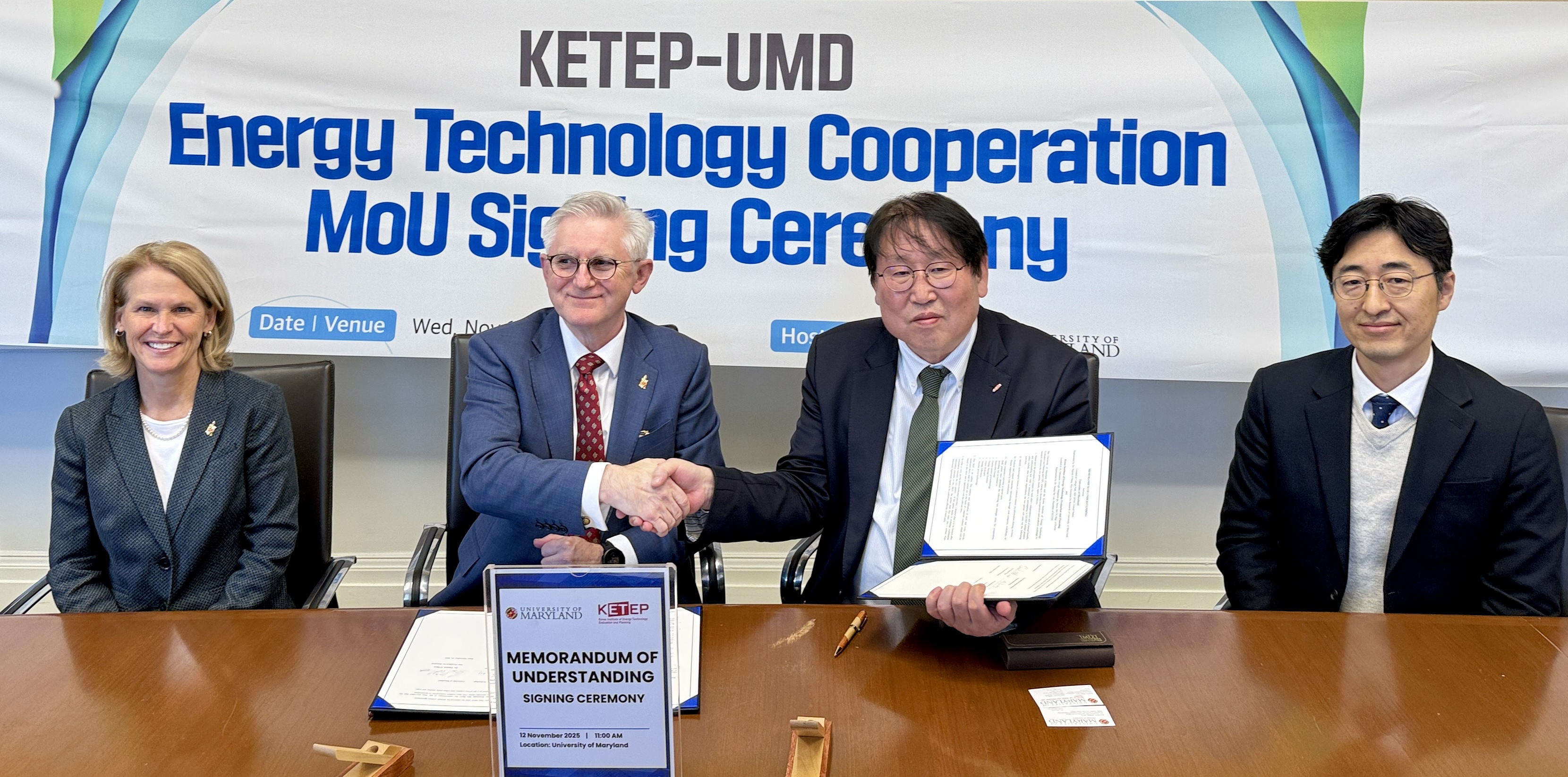News Story
Motion Sensor with On-Chip Adaptation and Programmable Filtering (ISR IP)
For more information, contact ISR External Relations Director
Jeff Coriale at coriale@umd.edu or 301.405.6604.
Inventors: Peng Xu, Pamela Abshire
Description
Fly inspired navigation systems take the biological evidence of visual motor computation in fly flight control and apply it to vision based micro-air vehicle navigation. These sensors and algorithms are implemented in neuromorphic VLSI hardware, following the structure and function of the biological system. Although conventional vision processing architectures could accomplish many of the same tasks using dedicated CCD and DSP hardware, this potentially relieves the high demands of power, computation, and load on the vehicle.
Researchers at the University of Maryland, College Park have developed smart vision sensors where motion cues can be extracted right at the image plane using wide field integration (WFI) based method proposed by Humbert. Optic flow is computed by elementary motion detectors (EMDs) and filtered by multiple matched filters to extract various dynamic and kinematic parameters. VLSI EMDs are notoriously noisy. Part of the noise comes from fabrication mismatch. Mismatch has to be minimized in order to use the WFI method. The researchers have developed the circuits to achieve mismatch compensation on-chip using floating gate technology. The floating-gate transistor is programmed automatically by charge injection to cancel the mismatch. Programmable filter can also be implemented within the same circuits. The circuits are compact and low power.
The mismatch compensation and programmable filtering enable the usage of the detailed structure of optic flow in a very efficient way. With the sensor integrated in a feedback loop with a vehicle, this would be the first integrated system that uses the detailed spatial structure of optic flow in a feedback control loop, closely emulating its biological counterpart. The sensor can also be used as prosthetic devices to help blind patients to navigate. The same technique can also be applied to other sensory front-end where on-chip spatial processing is required and distortion from fabrication mismatch between sensor units have to be removed.
For more information
If you would like to license this intellectual property, have questions, would like to contact the inventors, or need more information, contact ISR External Relations Director Jeff Coriale at coriale@umd.edu or 301.405.6604.
Find more ISR IP
You can go to our main IP search page to search by research category or faculty name. Or view the entire list of available IP on our complete IP listing page.
ISR-IP-Abshire ISR-IP-biological ISR-IP-sensors
Published June 23, 2007









